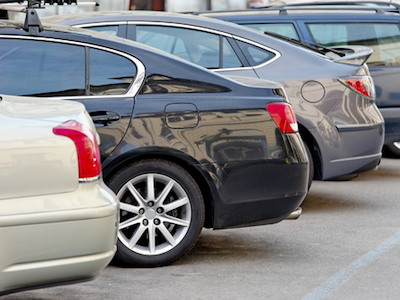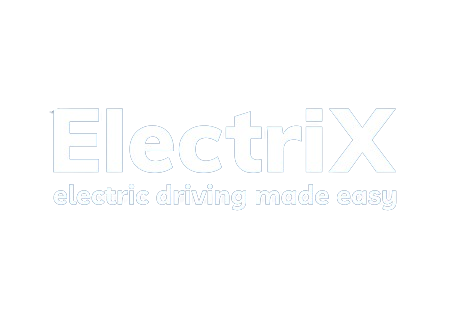In case you missed it see what’s in this section
Let's Talk

The Legal Aspects Behind Being A Learner Driver Explained
Learning to drive, passing the driver theory and driving test, and eventually getting the coveted licence is considered a rite of passage for many.
Learning to drive in the UK isn’t just about going to classes and taking the theory tests. There’s more to being a learner driver, and there are things you should know and follow to be able to abide by what the law says. Here are the legal aspects you should know.
Provisional driving licence
Learner drivers must have a valid provisional licence. This can become valid on the learner’s 17th birthday but application can be done up to three months prior. You can apply for a provisional licence online on the official government portal using your Government Gateway ID. Learners who don’t have one yet or need to re-register will get an ID as part of their application.
It is very important not to use an unofficial website when applying for a licence—there are no guarantees that you application may even be submitted, plus you may also have to pay more than necessary.
You can also apply for a provisional licence by completing the D1 form available in local post offices. For those in Northern Ireland, ask for the DL1 form.
Before driving on the road, you must have already physically received your provisional licence. It is necessary to have it with you at all times whenever you get behind the wheel. The law says the provisional licence permits you to drive a car under supervision on the road but not on motorways. Once you get your licence, you should also display L Plates on the front and rear of the car you are using.
Insurance
As a learner driver, you must be insured to drive a vehicle for private practice. Shop around for trustworthy insurers and make sure they know your age and that you are learning to drive. The vehicle you will be using should be roadworthy as well as properly taxed and insured. If the vehicle is owned by the supervising driver or someone else, you have to make sure that the motor insurance policy includes you.
Eyesight
There is a minimum eyesight standard required of all drivers; if you drive without meeting these standards you could be prosecuted. If you need to wear glasses or contact lenses to see clearly when driving, then always do so. The standards of vision for driving include being able to read a car number plate (made after 1 September 2001) from a distance of 20 metres.
At the beginning of the practical driving test, learner drivers have to correctly read a number plate on a parked vehicle. Failing to do so would also mean the learner driver would not be able to continue with the driving test, and get a failing mark. The provisional driving licence will also be revoked.
Make sure to follow these rules for learner drivers before starting your journey behind the wheel.
Weather in Swindon
Listings



















